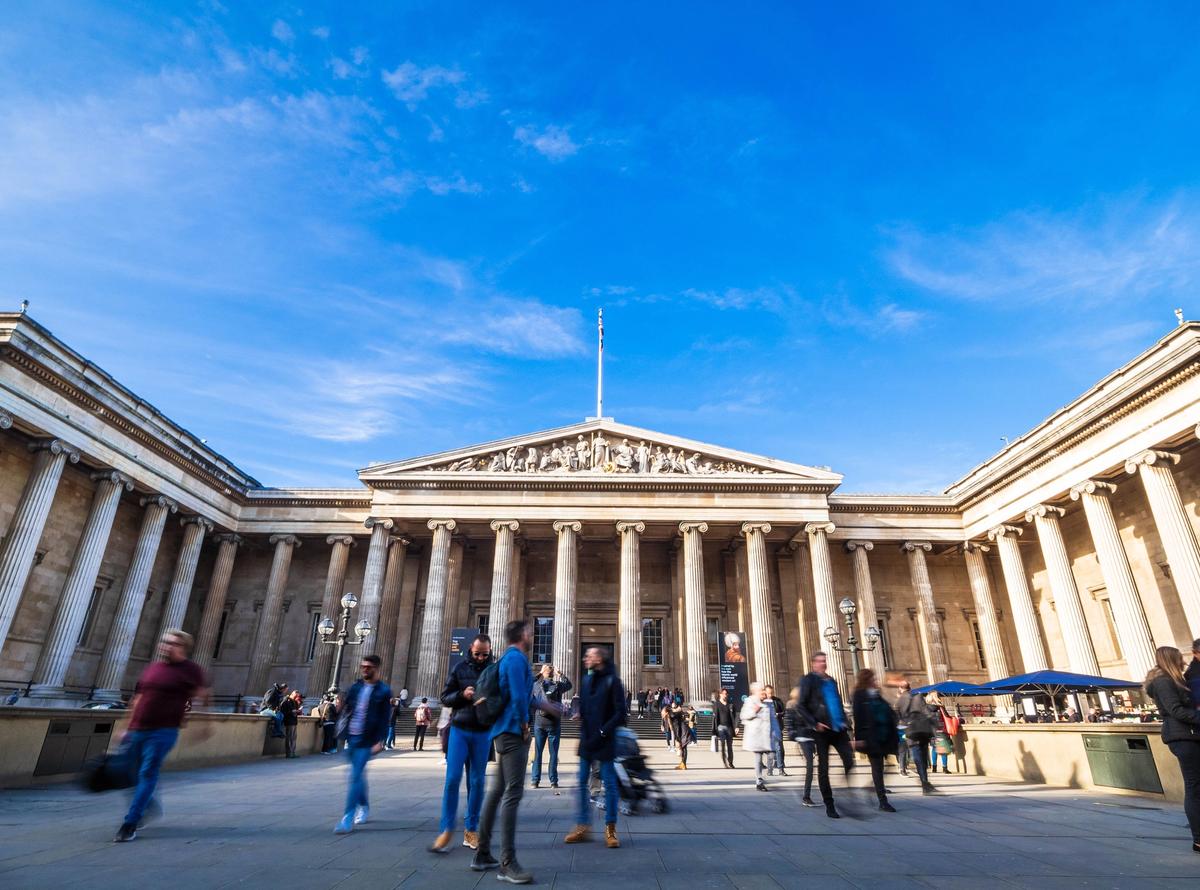The British Museum is facing a security crisis after admitting that a number of priceless artefacts, some of which date back more than two millennia, have been stolen from the museum’s collection by a serving member of staff.
The stolen pieces include "gold jewellery and gems of semi-precious stones and glass dating from the 15th century BC to the 19th century AD,” a spokesperson for the museum said in a statement to The Art Newspaper. The museum did not respond to a query from The Art Newspaper regarding the number of artefacts taken from the collection, citing an open police investigation.
The museum in London has responded by imposing “emergency security measures” on its collection and launching an “independent review of security protocol,” the spokesperson said.
The staff member in question, who is as yet unnamed, has been dismissed from the post. The spokesperson confirmed that the museum will now pursue legal action against them.
Although the sacked staff member has not yet been arrested, the museum confirmed it is coordinating with the Metropolitan Police's Economic Crime Command, who are also investigating.
The museum admitted the artefacts taken from its collection are now considered “missing, stolen and damaged”. The choice of language acknowledges some of the artefacts may have already entered the international black market or been melted down in order to elicit a quick trade.
The independent review will “kickstart and support a vigorous programme to recover the missing items”, the spokesperson said.
The stolen artefacts were "small pieces kept in a storeroom belonging to one of the museum's collections" and were mainly used for “academic and research work”, the spokesperson said. None of the artefacts on show have been on public display in recent years.
The independent review would be led by Nigel Boardman, a former trustee of the museum, and Lucy D’Orsi, the chief constable of the British Transport Police. The review “will make recommendations on future security arrangements“, the spokesperson said.
In a statement, Hartwig Fischer, the museum’s outgoing director, apologised for allowing the alleged thief to operate under his directorship, but stressed: “This is a highly unusual incident.”
George Osborne, the museum’s chair, said: “Our priority is now threefold: first, to recover the stolen items; second, to find out what, if anything, could have been done to stop this; and third, to do whatever it takes, with investment in security and collection records, to make sure this doesn’t happen again.”
But museum specialists suggest that the staff member was able to remove the artefacts from the collection without detection due to the fact the museum had not properly catalogued them on a digital database.
In a post on X, formerly known as Twitter, Anne Luther, the founder and director of the Institute for Digital Heritage, said: “Most museums do not have all objects registered [on] their databases, which annihilates the promise of museum preservation. Objects kept for research is lingo for no curator could find them in a database and consequently would not exhibit them.”
Sue John, director of operations at Glasgow Women's Library, also wrote on X: “This sounds like a much deeper issue than a rogue worker at the British Museum—a fundamental lack of care and system failures. The buck stops at those at the very top of management and governance.”


